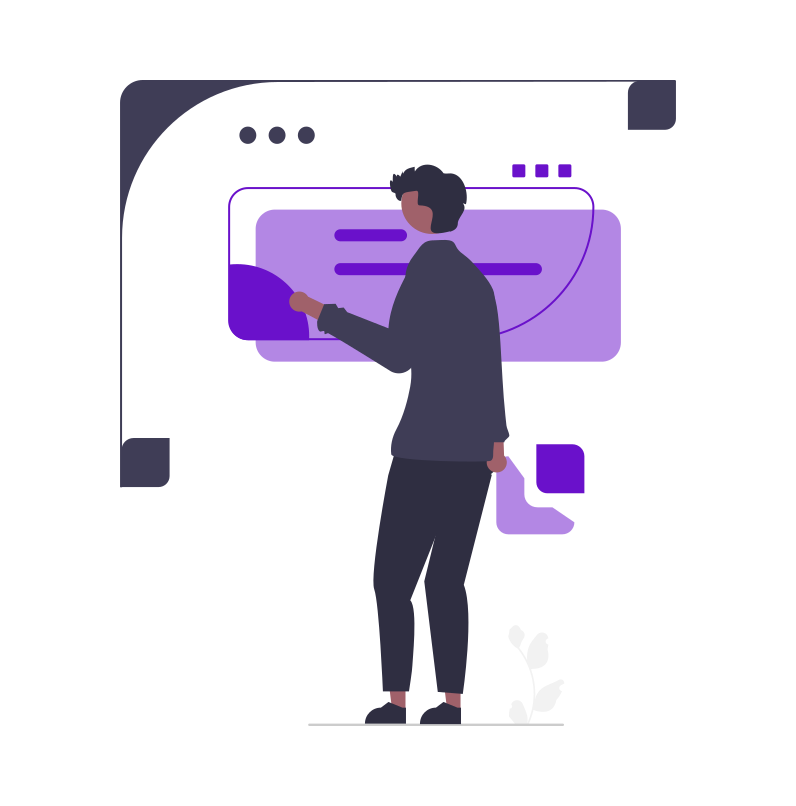In the dynamic world of e-commerce, standing out from the competition and providing an exceptional user experience are essential for success. Customization is a powerful tool that enables online retailers to tailor their websites to meet the unique needs and preferences of their customers. By incorporating various customization options, e-commerce businesses can enhance user engagement, boost conversions, and foster brand loyalty. In this blog post, we'll explore the top customization options for e-commerce websites that can transform the shopping experience.
1. Personalized Product Recommendations
Personalized product recommendations are a cornerstone of modern e-commerce customization. By leveraging customer data such as browsing history, purchase behavior, and preferences, e-commerce websites can suggest products that are most relevant to individual users. This not only improves the shopping experience but also increases the likelihood of additional purchases. Implementing machine learning algorithms and AI-driven tools can help in delivering highly accurate and timely product recommendations.
2. Customizable Product Configurations
Offering customizable product configurations allows customers to personalize products according to their specific needs and tastes. This is particularly valuable in industries like fashion, electronics, and home decor, where customers might want to choose colors, sizes, materials, or additional features. Providing an intuitive and interactive interface for product customization can significantly enhance user satisfaction and drive sales.
3. Dynamic Pricing and Discounts
Dynamic pricing and personalized discounts can make customers feel valued and encourage repeat purchases. By analyzing customer data and market trends, e-commerce platforms can offer tailored discounts, special offers, and dynamic pricing models that cater to individual buying patterns. This not only incentivizes purchases but also helps in managing inventory more effectively.
4. User-Generated Content Integration
Integrating user-generated content, such as customer reviews, ratings, photos, and videos, can add authenticity and trust to your e-commerce website. Potential buyers often rely on the experiences of others before making a purchase decision. By showcasing positive customer feedback and real-life usage scenarios, e-commerce sites can build credibility and influence purchasing decisions.
5. Localized Content and Currency Options
For e-commerce businesses operating in multiple regions, providing localized content and currency options is crucial. Localizing the website to reflect the language, culture, and currency of different regions can enhance the shopping experience for international customers. This includes translating product descriptions, adapting promotional content, and offering various payment options to suit local preferences.
6. Advanced Search and Filtering
An efficient and advanced search and filtering system is vital for helping customers find exactly what they are looking for quickly. Implementing features such as autocomplete, advanced filters, and search suggestions can streamline the shopping process. Additionally, incorporating AI-driven search capabilities can further refine search results based on user intent and behavior.
7. Personalized Email Campaigns
Email marketing remains a powerful tool for e-commerce businesses. By customizing email campaigns based on customer behavior, purchase history, and preferences, businesses can deliver highly relevant and engaging content. Personalized emails can include product recommendations, exclusive offers, abandoned cart reminders, and tailored content that resonates with the recipient, thereby increasing open rates and conversions.
8. Customizable Checkout Experience
A smooth and personalized checkout experience can reduce cart abandonment rates and enhance customer satisfaction. Offering multiple payment options, guest checkout, and the ability to save payment details for future purchases are key features. Additionally, personalized checkout experiences can include customized messages, delivery options, and loyalty program benefits.
9. Interactive Chatbots and Virtual Assistants
Integrating AI-powered chatbots and virtual assistants can provide instant support and personalized assistance to customers. These tools can help answer common queries, guide users through the shopping process, and offer personalized recommendations. By providing 24/7 support, chatbots can enhance the overall user experience and increase customer satisfaction.
10. Mobile-Friendly Customization
With the increasing number of shoppers using mobile devices, ensuring that your e-commerce website is mobile-friendly is essential. Responsive design, mobile-specific features, and seamless navigation on smaller screens are critical for providing a positive mobile shopping experience. Additionally, mobile apps with personalized features can further enhance user engagement and loyalty.
Conclusion
Customization is a powerful strategy for e-commerce websites aiming to deliver a superior user experience and drive business growth. By implementing personalized product recommendations, customizable product configurations, dynamic pricing, and other customization options, e-commerce businesses can cater to individual customer needs, foster loyalty, and boost conversions. Embracing these customization strategies will not only differentiate your brand in a competitive market but also create a memorable and engaging shopping experience for your customers.


